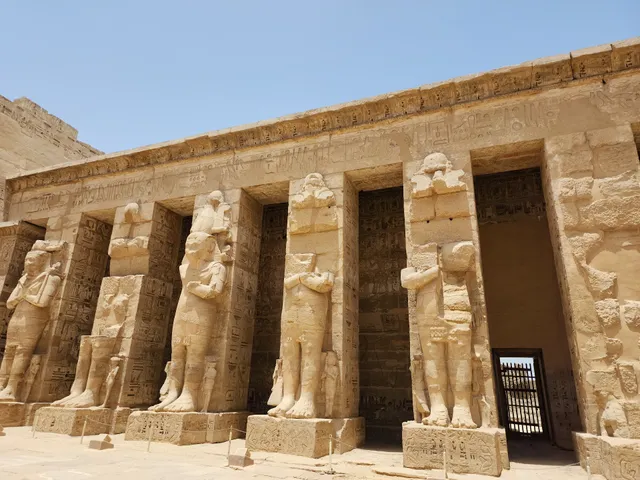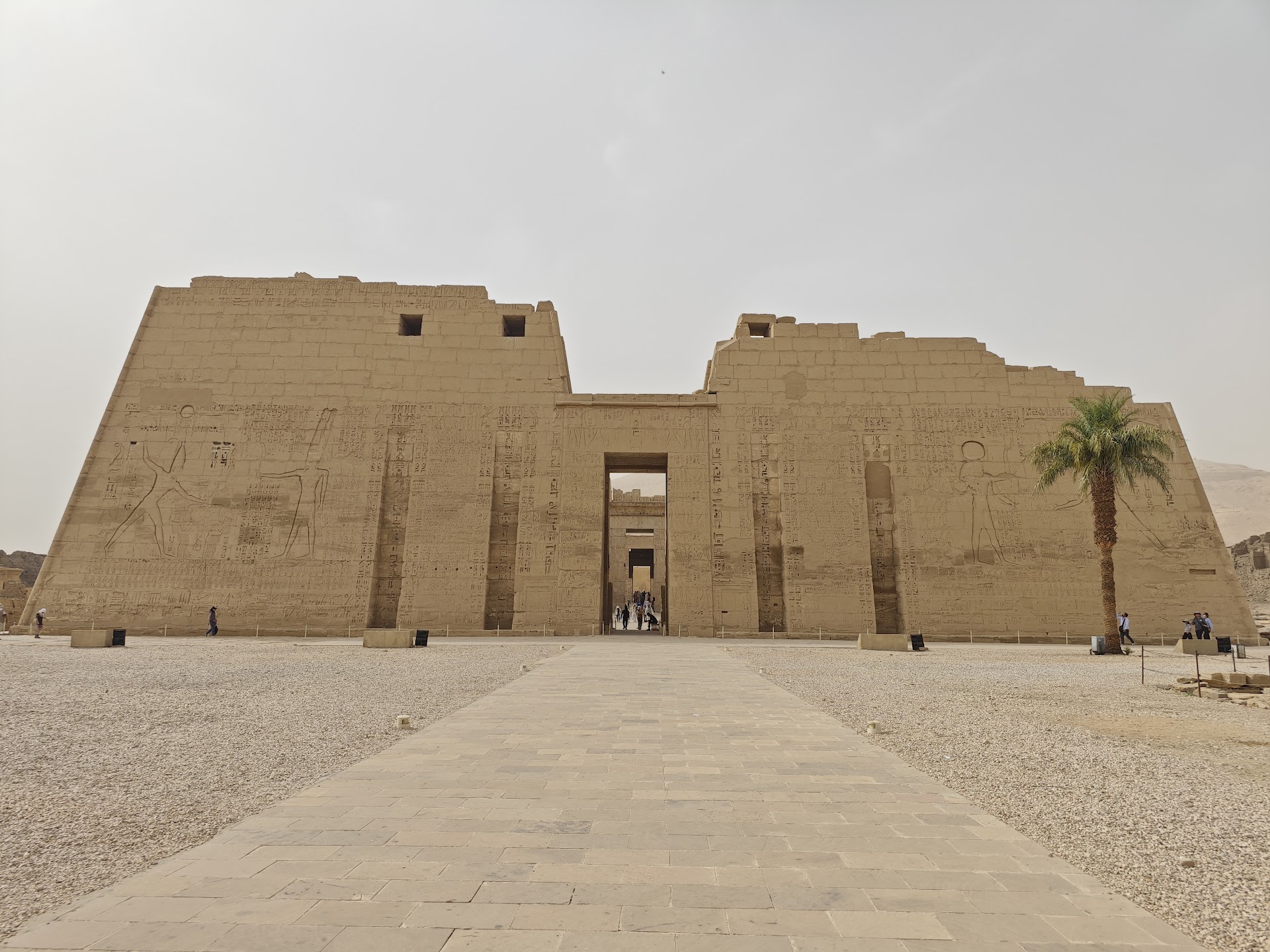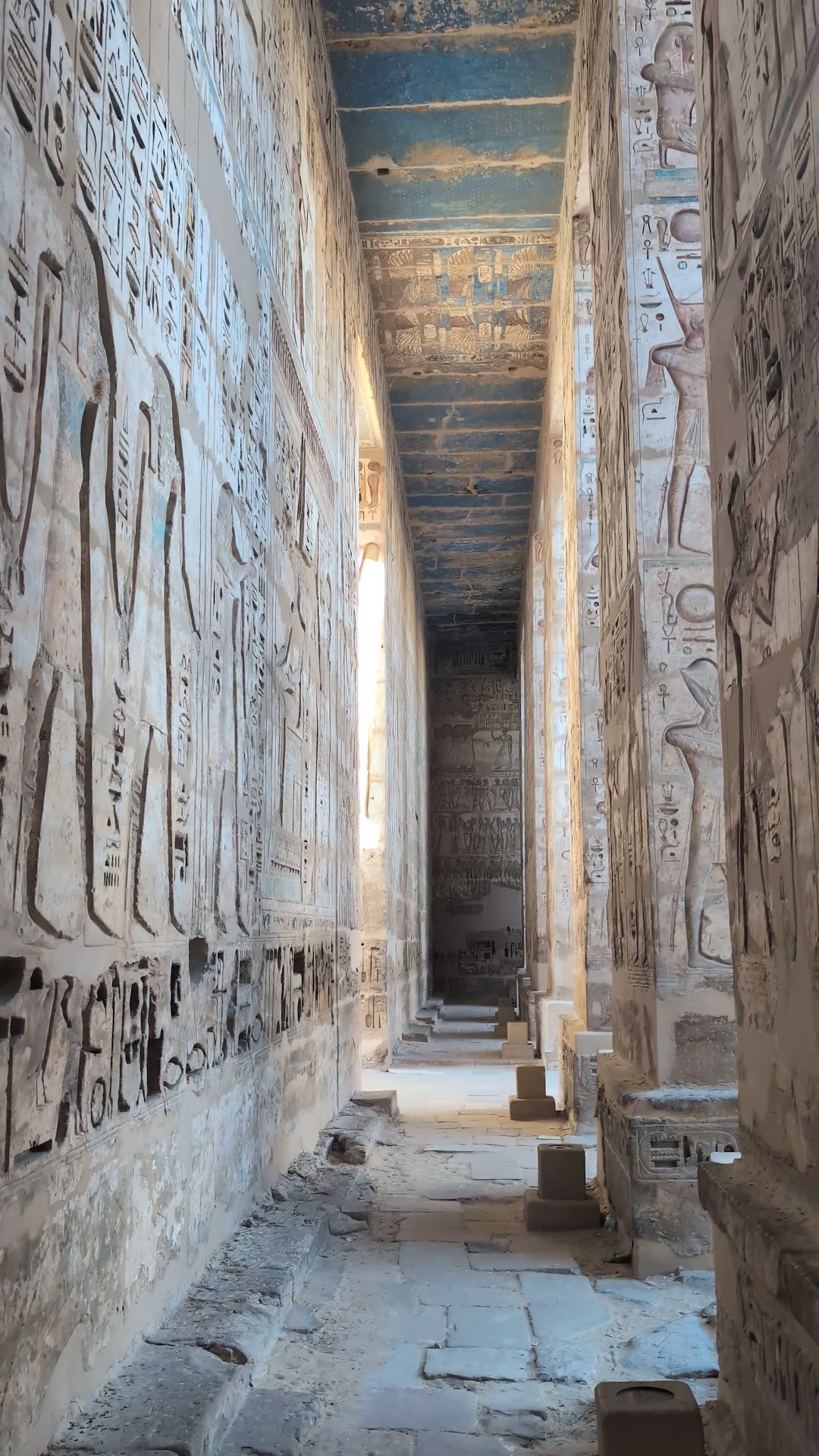메디넷 하부 things to do, attractions, restaurants, events info and trip planning
Basic Info
메디넷 하부
PJ92+R8Q, Al Bairat, Luxor, Luxor Governorate 1340550, Egypt
4.8(399)
Open 24 hours
Save
spot
spot
Ratings & Description
Info
Cultural
Scenic
Accessibility
attractions: Mortuary Temple of Amenhotep III, Colossi of Memnon, Qurnet Murai Necropolis, Deir el-Medina, Tomb Of Inherkha, TT1 - Tomb of Sennedjem, TT3 - Tomb of Pashedu, restaurants: Café & Restaurant Maratonga - Medinet Habu, Luxor, Habu Garden, Belzoni Alaa El Din, Restaurant Mohamed, Saray El Nile Restaurant مطعم سرايا النيل, Memnon Guesthouse, Restaurant & Cafe, مطعم الجزيرة البدوية Bedouin island restaurant
 Learn more insights from Wanderboat AI.
Learn more insights from Wanderboat AI.Plan your stay

Pet-friendly Hotels in Al Baairat Village
Find a cozy hotel nearby and make it a full experience.

Affordable Hotels in Al Baairat Village
Find a cozy hotel nearby and make it a full experience.
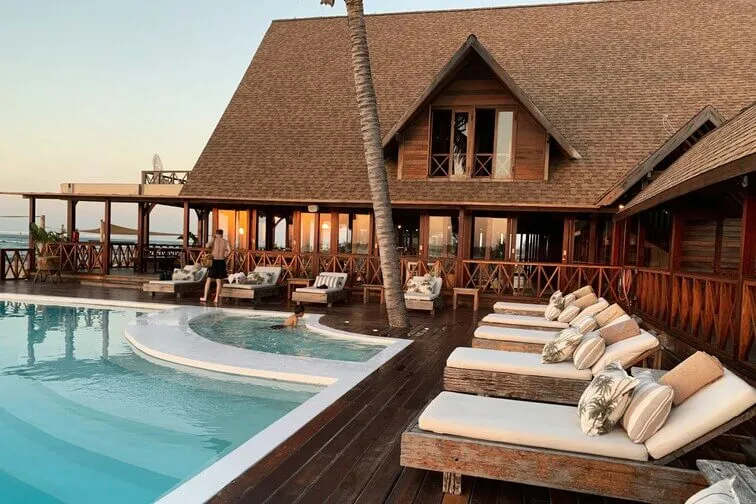
The Coolest Hotels You Haven't Heard Of (Yet)
Find a cozy hotel nearby and make it a full experience.
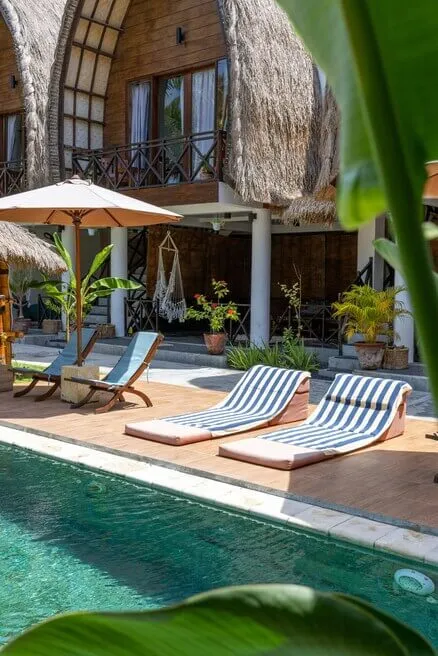
Trending Stays Worth the Hype in Al Baairat Village
Find a cozy hotel nearby and make it a full experience.
Reviews
Nearby attractions of 메디넷 하부
Mortuary Temple of Amenhotep III
Colossi of Memnon
Qurnet Murai Necropolis
Deir el-Medina
Tomb Of Inherkha
TT1 - Tomb of Sennedjem
TT3 - Tomb of Pashedu
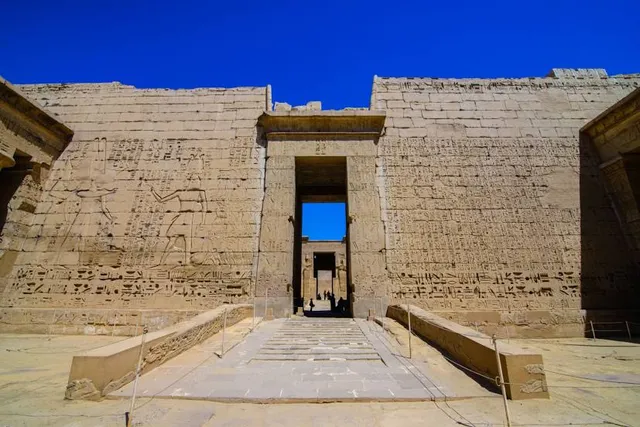
Mortuary Temple of Amenhotep III
4.6
(3.5K)
Closed
Click for details
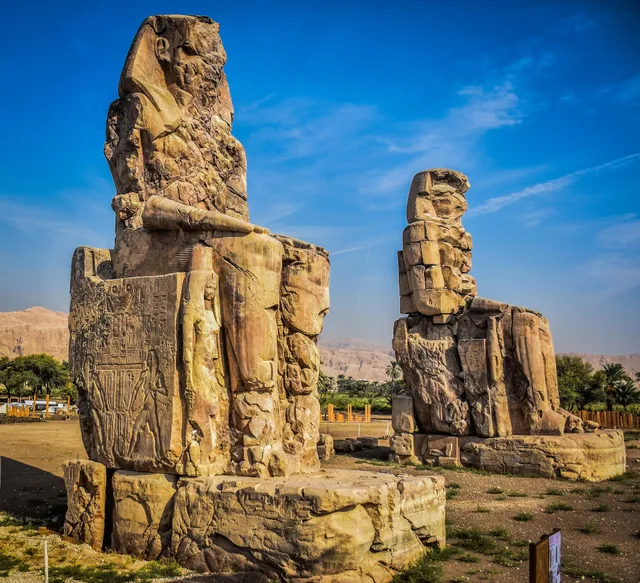
Colossi of Memnon
4.6
(4.2K)
Open 24 hours
Click for details
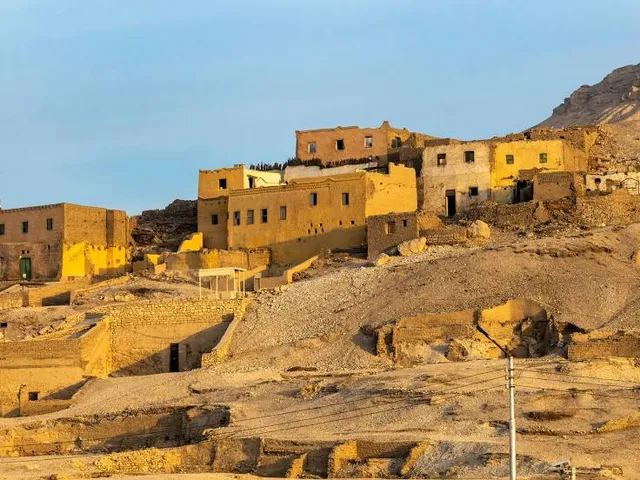
Qurnet Murai Necropolis
4.3
(11)
Open 24 hours
Click for details
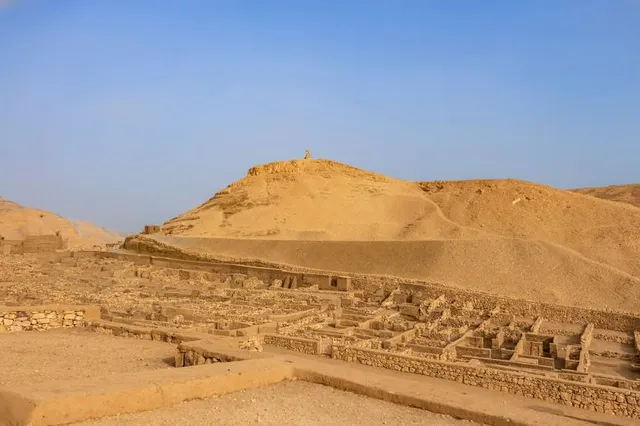
Deir el-Medina
4.6
(442)
Open 24 hours
Click for details
Things to do nearby
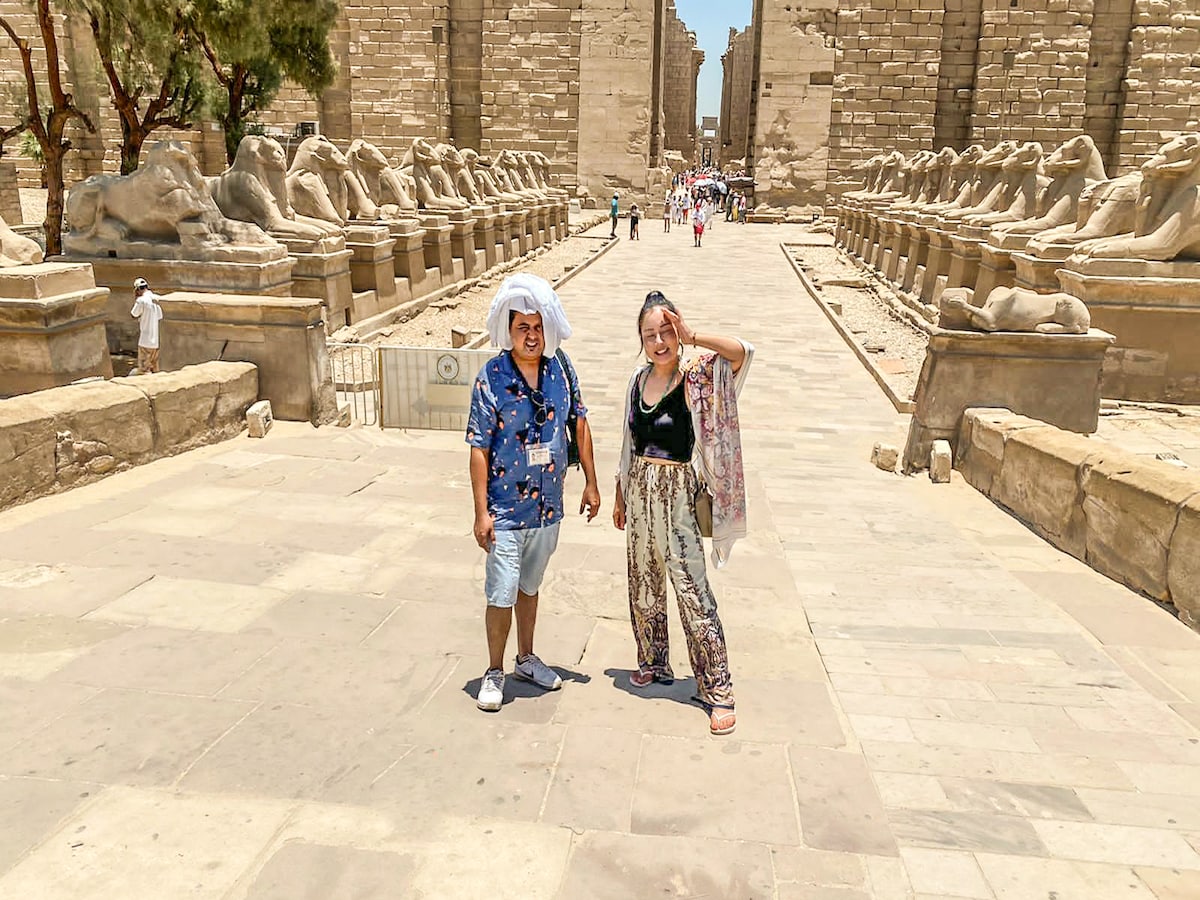
Private customized day trip in Luxor with Lunch
Thu, Jan 8 • 6:00 AM
Al Qarna, Luxor Governorate, 1340413, Egypt
View details
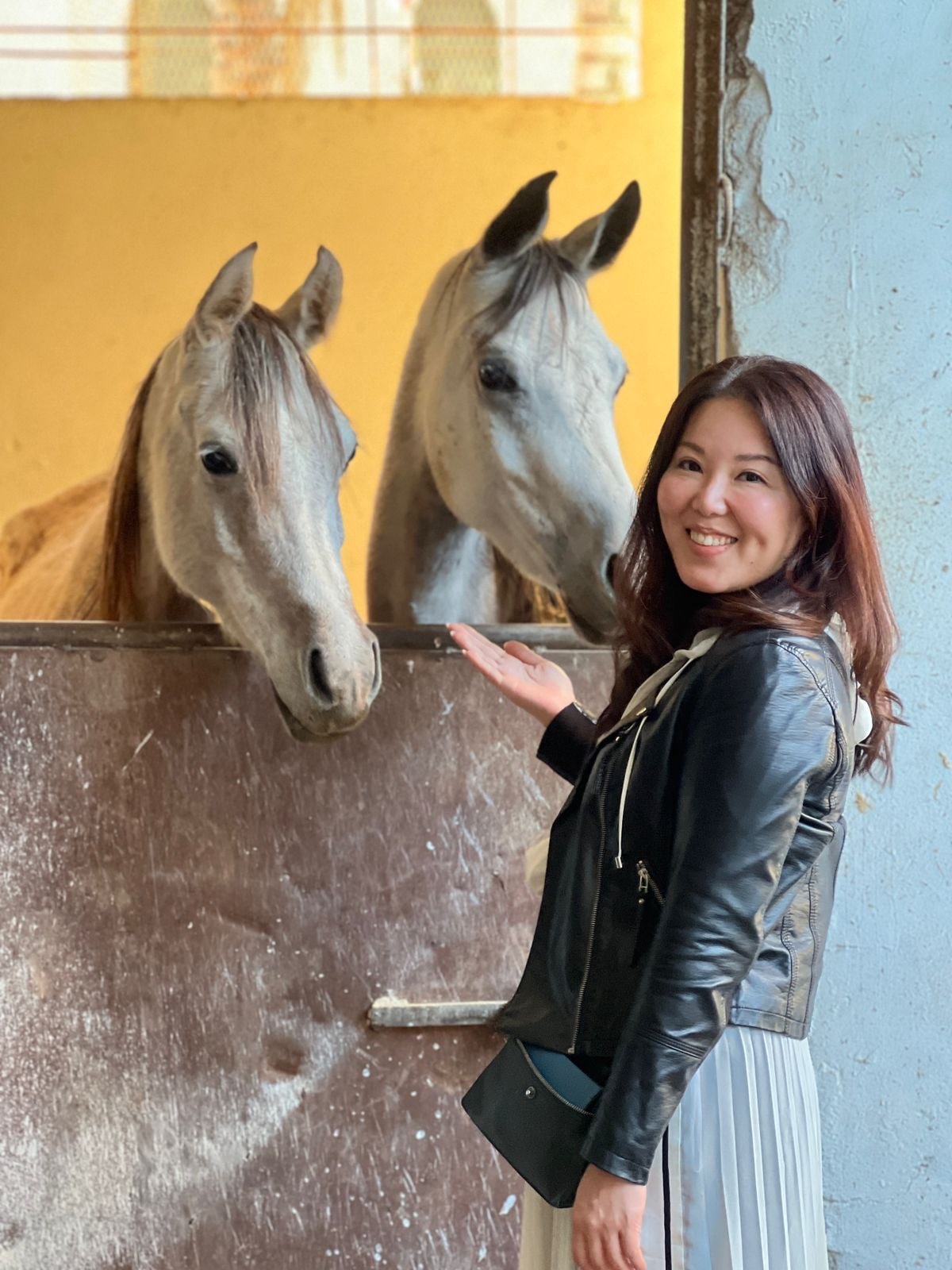
Morning at the Farm & Traditional Egyptian Snacks
Thu, Jan 8 • 7:00 AM
Luxor, Luxor Governorate, 11432, Egypt
View details
![[Private]Valley of The Kings Hatshpsut Habu &lunch](https://a0.muscache.com/im/pictures/Mt/MtTemplate-293927/original/25670b2a-c800-4702-8183-62c3b1a7490e.jpeg)
[Private]Valley of The Kings Hatshpsut Habu &lunch
Thu, Jan 8 • 5:30 AM
Luxor City, Luxor Governorate, 1362404, Egypt
View details
Nearby restaurants of 메디넷 하부
Café & Restaurant Maratonga - Medinet Habu, Luxor
Habu Garden
Belzoni Alaa El Din
Restaurant Mohamed
Saray El Nile Restaurant مطعم سرايا النيل
Memnon Guesthouse, Restaurant & Cafe
مطعم الجزيرة البدوية Bedouin island restaurant
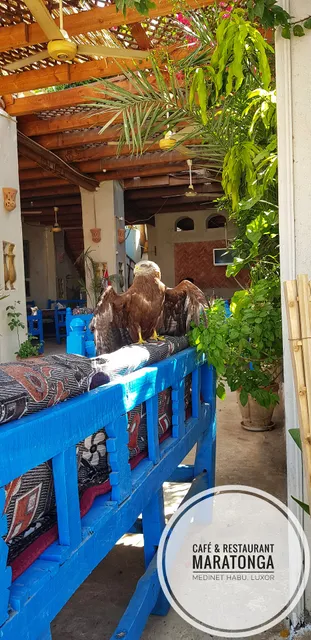
Café & Restaurant Maratonga - Medinet Habu, Luxor
4.7
(215)
Click for details
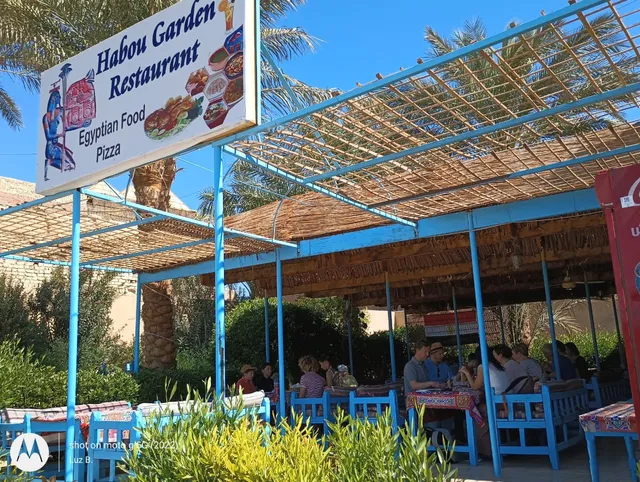
Habu Garden
4.9
(113)
Click for details
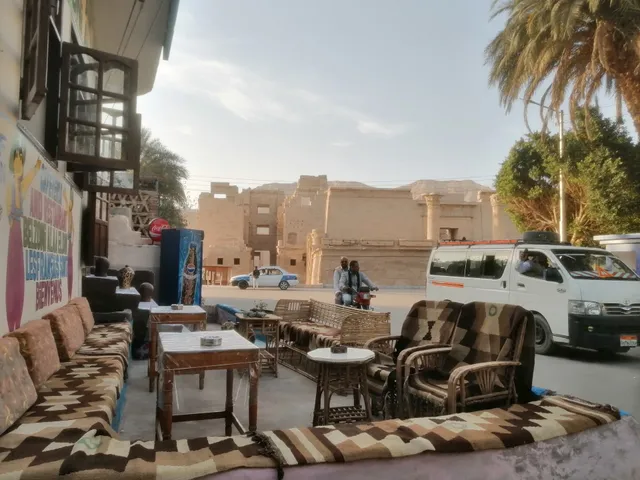
Belzoni Alaa El Din
4.9
(27)
Click for details
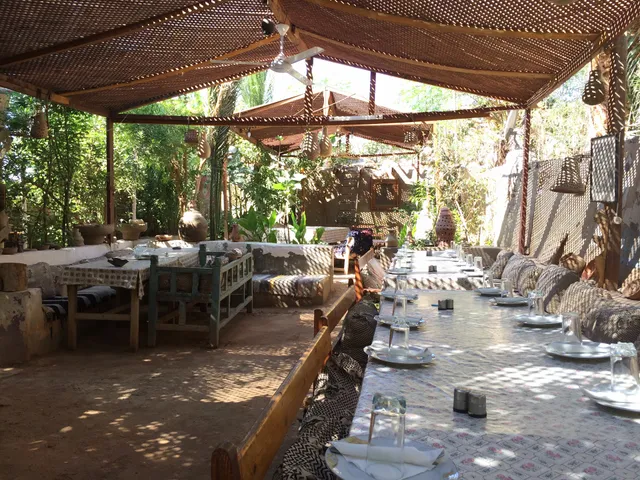
Restaurant Mohamed
4.6
(71)
Click for details
